The Evolution of Money: From Barter to Bitcoin
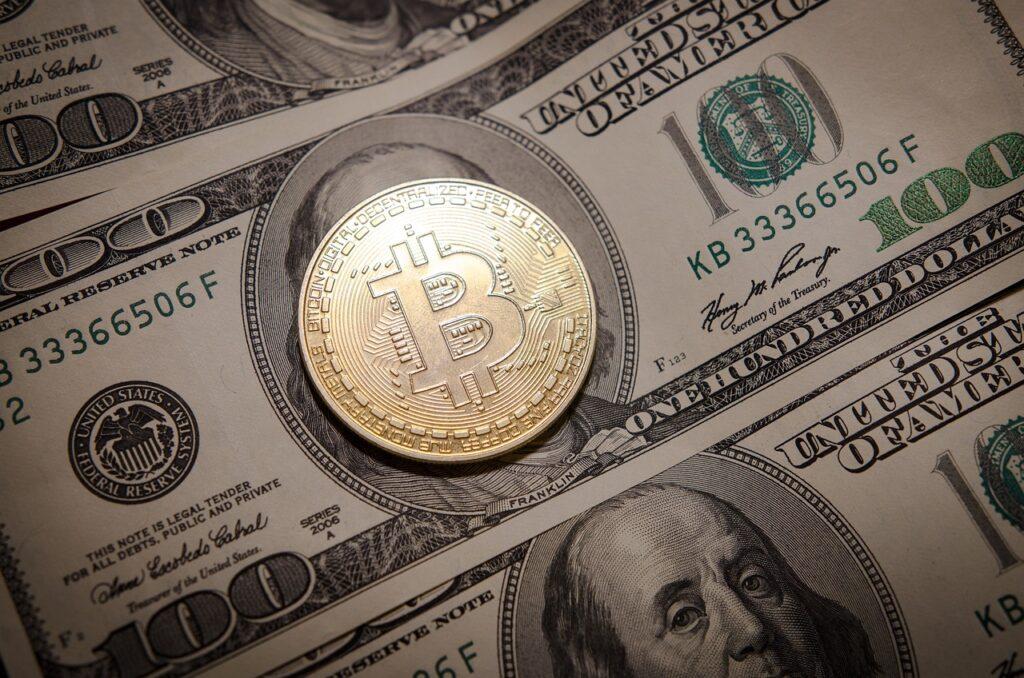
Money, as we know it today, has undergone a fascinating journey of evolution, marked by human ingenuity and a relentless pursuit of efficiency. From rare commodities and metallic coins to paper notes and cryptocurrencies like Bitcoin, the history of money is a testament to humanity’s ability to adapt and innovate. Let us explore this evolution step by step.
The Barter System: The Genesis of Trade

In the earliest societies, there was no concept of money. People relied on the barter system, where goods and services were directly exchanged. For instance, a farmer might trade wheat for a carpenter’s tools.
Challenges of Barter:
- Lack of Standardization: Value was subjective. How many loaves of bread equaled a hammer?
- Double Coincidence of Wants: Both parties needed to want what the other offered at the same time.
- Storage Issues: Perishable goods, like food, were difficult to store or transport.
Commodities as Money: The Birth of a Standard

To address the inefficiencies of barter, societies began using rare and universally desired goods as mediums of exchange. These included:
- Precious metals: Gold and silver.
- Other goods: Salt, spices, and even shells (e.g., cowrie shells in Africa and Asia).
Why Commodities Worked:
- Universal Desire: They held intrinsic value.
- Portability: Precious metals, in particular, were easy to transport.
- Durability: They did not perish over time.
However, commodities had limitations. Measuring and verifying their authenticity was cumbersome, and portability became an issue with large transactions.
Metallic Money: Coins and Standardization
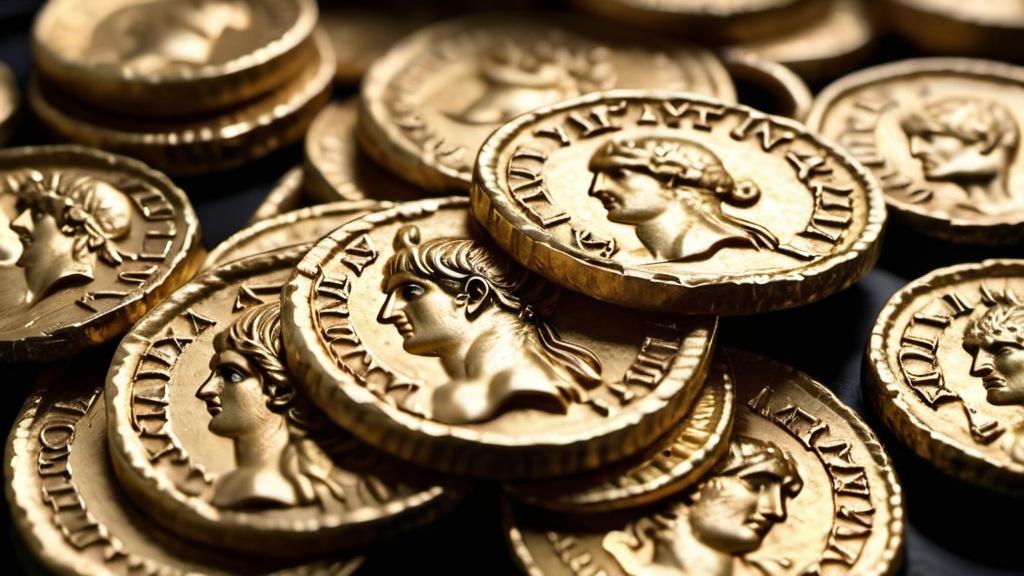
Around 600 BCE, the Lydians (modern-day Turkey) are credited with minting the first coins. Made of precious metals, these coins were stamped with symbols to guarantee weight and purity.
Advantages of Coins:
- Standardization: Coins had fixed weights and values.
- Trust: Stamping created confidence in their authenticity.
- Ease of Trade: Coins simplified transactions compared to raw metal.
Coins became the backbone of many great empires, from Ancient Rome to the Chinese dynasties. Yet, as economies grew, even coins had limitations—they were heavy and difficult to transport for large-scale trade.
Paper Money: A Revolution in Trade
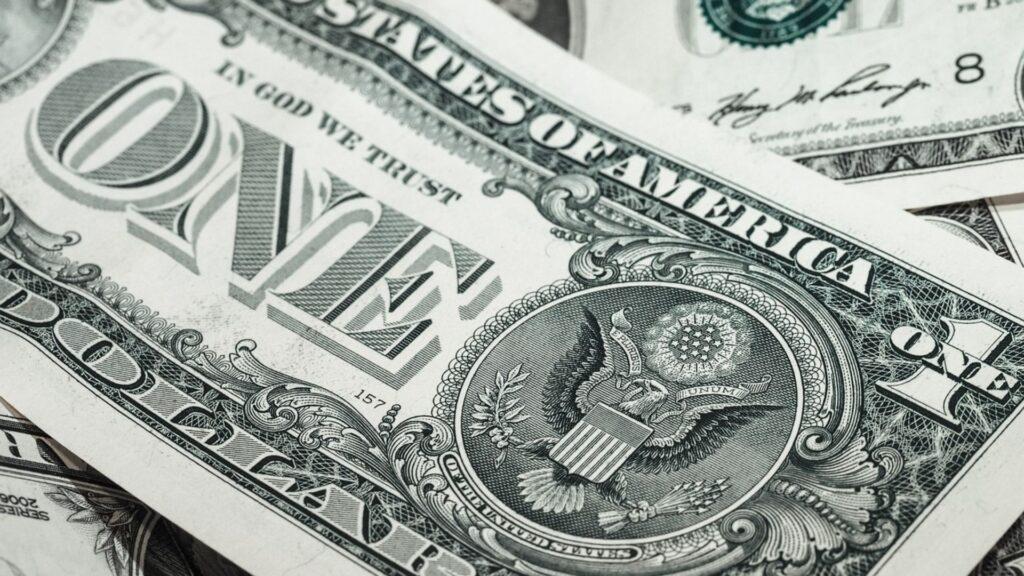
The first recorded use of paper money was in China during the Tang Dynasty (7th century CE), becoming widespread under the Song Dynasty. Marco Polo documented the use of “banknotes” in China when he visited in the 13th century.
Why Paper Money Thrived:
- Lightweight: Easier to carry compared to coins.
- Efficient for Large Transactions: Facilitated trade on a much larger scale.
- Backed by Value: Initially, paper notes were redeemable for a fixed amount of gold or silver (the gold standard).
The Gold Standard:
By the 19th century, many countries adopted the gold standard, linking their currency to a specific quantity of gold. This ensured stability and trust in money.
The Fiat System: Trust in Government
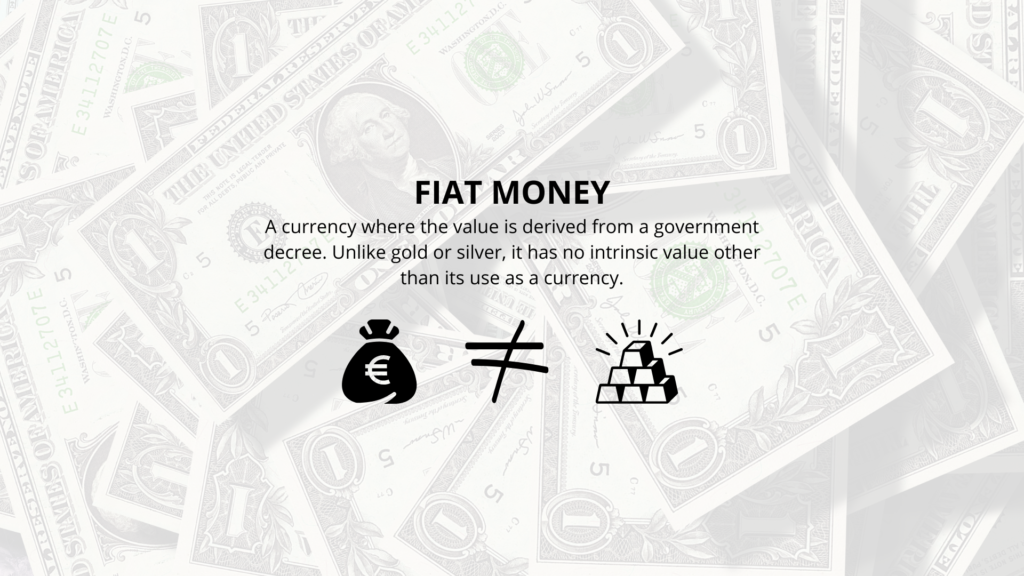
In the 20th century, the gold standard was gradually abandoned. Governments began issuing fiat currency—money not backed by a physical commodity but by trust in the issuing authority.
Features of Fiat Money:
- Intrinsic Value: It has none; its value derives from government decree.
- Flexibility: Governments can control the money supply to manage economies.
- Global Dominance: Almost all modern currencies, like the US Dollar, Euro, and Yen, are fiat.
Challenges of Fiat Money:
- Inflation Risks: Governments can overprint money, devaluing currency.
- Centralized Control: Monetary policies depend on government decisions, which can be flawed.
Digital Revolution: The Birth of Electronic Money

The late 20th century saw the advent of electronic money. Credit cards, debit cards, and online payment systems like PayPal revolutionized how we transact.
Benefits of Electronic Money:
- Convenience: Instant payments without physical exchange.
- Global Reach: Cross-border transactions became seamless.
- Record Keeping: Digital systems offered a transparent transaction history.
However, digital money still relied on traditional banks and centralized systems, which brought risks like hacking, fraud, and systemic failures.
Bitcoin: The Dawn of Decentralized Money

In 2008, an anonymous entity known as Satoshi Nakamoto published a whitepaper introducing Bitcoin, a decentralized digital currency built on blockchain technology.
Why Bitcoin Is Revolutionary:
- Decentralization: No central authority controls Bitcoin.
- Scarcity: The total supply is capped at 21 million coins, mimicking gold’s rarity.
- Transparency: All transactions are recorded on a public ledger (blockchain).
- Security: Advanced cryptographic techniques ensure tamper-proof transactions.
Bitcoin challenges traditional financial systems by offering a peer-to-peer alternative, free from government interference and banking fees.
The Rise of Cryptocurrencies and the Future
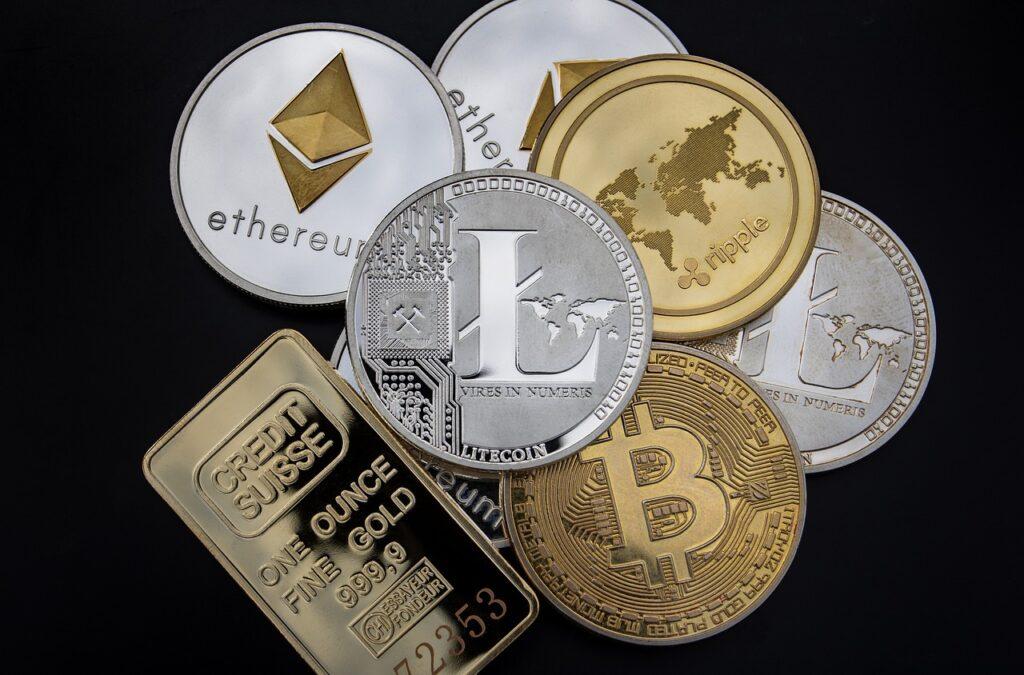
Bitcoin’s success has spawned thousands of other cryptocurrencies, such as Ethereum, Binance Coin, and Ripple. Each offers unique features:
- Ethereum: Focuses on smart contracts and decentralized applications.
- Stablecoins: Cryptos like USDT aim to maintain a stable value pegged to fiat currencies.
Potential Benefits of Cryptocurrencies:
- Financial Inclusion: Empowering unbanked populations.
- Lower Costs: Reducing fees in cross-border transactions.
- Programmability: Enabling smart contracts and decentralized finance (DeFi).
Concerns and Challenges:
- Volatility: Prices can fluctuate wildly.
- Regulation: Governments are still figuring out how to regulate cryptocurrencies.
- Security Risks: Hacks and fraud remain significant threats.
A Glimpse Into the Future

As technology evolves, the concept of money will likely continue to transform. Central Bank Digital Currencies (CBDCs) are emerging as a bridge between traditional fiat and cryptocurrencies. These government-backed digital currencies aim to offer the efficiency of crypto while retaining central oversight.
We may also see advances in blockchain technology, further enhancing transparency and security.
Conclusion
From the barter system to Bitcoin, the evolution of money reflects humanity’s journey toward greater efficiency, trust, and inclusivity in trade. As we stand on the brink of another revolution with cryptocurrencies and digital innovations, one thing remains clear: money will continue to evolve to meet the needs of a changing world.
Are we witnessing the end of traditional money as we know it, or will new forms of currency coexist with old ones? Share your thoughts in the comments below!
Source:
https://en.wikipedia.org/wiki/History_of_money
https://www.thecollector.com/history-money-world-history
https://learningmole.com/the-history-of-money/
https://archive.org/details/historyofmoney0000glyn
Disclaimer: This is not financial or investment advice. You are responsible for any capital-related decisions you make, and only you are accountable for the results.
